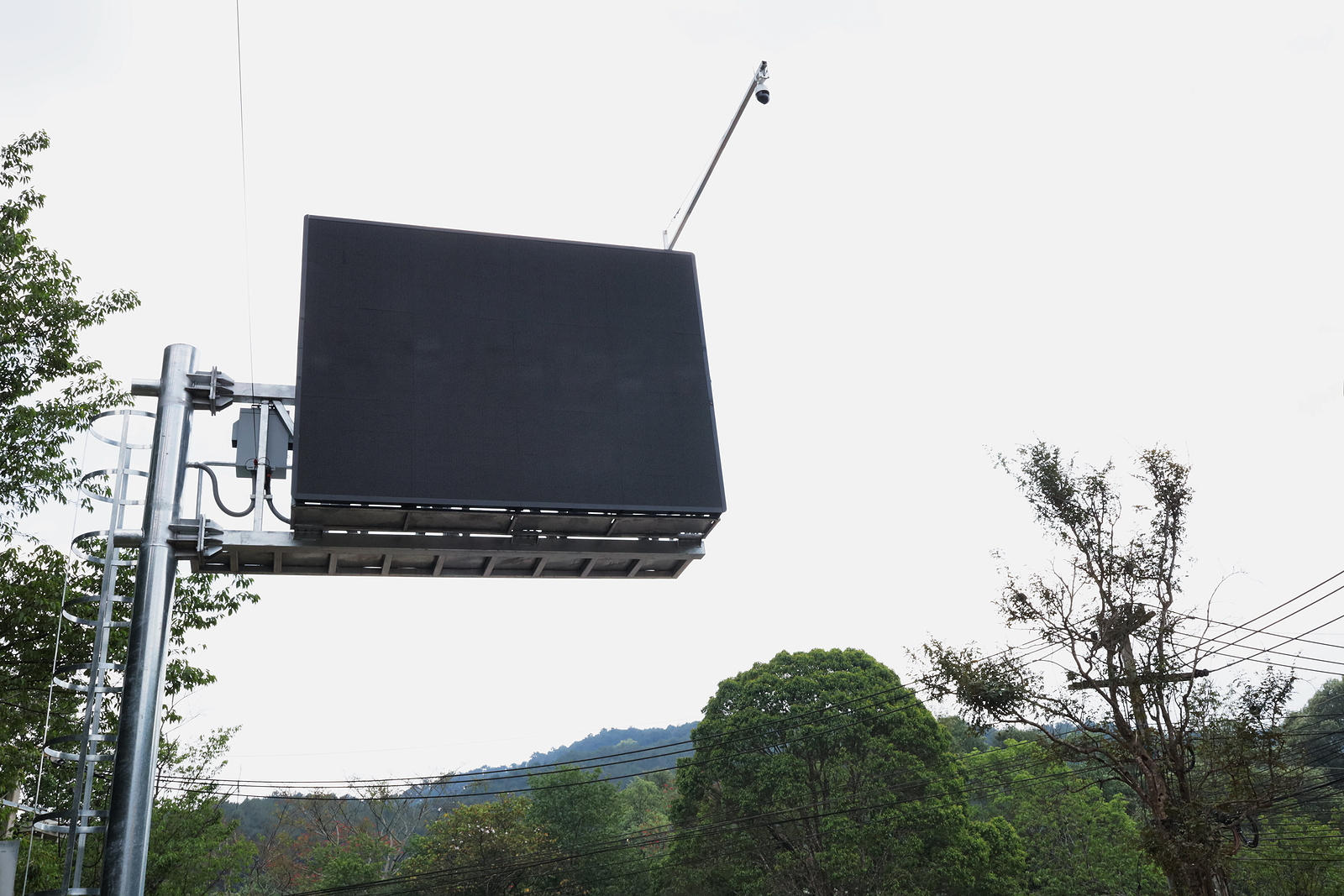Digital display screens are now widely used for both indoor and outdoor purposes. This could be for advertising, conveying information, or for general mixed-use, such as news media, public announcements, and entertainment. The screens are designed to withstand the intended display environment. Here’s a look at the differences.
Outdoor LED screens
Outdoor LED screens are designed and engineered slightly differently to indoor screens. The first factor is the scale: outdoor screens are designed to be visible from greater distances, and the content needs to be understood in a glance from a passing vehicle. Very large outdoor screens are built in modular units and stacked together.
Outdoor screens need to be able to withstand extreme weather conditions, including very high or low temperatures, persistent rain, winds, and air pollution. Therefore they have a higher IP (ingress protection) rating than indoor screens, typically IP65. The screen brightness also needs to be much higher than indoor screens to offset sunlight exposure.
Indoor LED screens
Indoor display screens do not need to be as bright as outdoor screens, but they generally have a higher resolution as they will be viewed from closer distances.
Although indoor screens do not need to withstand such a variety of conditions, they still need to be robust enough to cope with passing wear and tear as they are usually in busy public places and closer to ground level where they can be accidentally knocked or scratched, or a target for vandalism.
The exact technology used for both types of display will vary depending on the manufacturer, and its intended use and location. Your supplier will be able to discuss specific technologies in more detail when you are making your selection.
If you are looking to buy LED screens in the UK, please visit our website today.

